10 ways movies get space science totally wrong
Whenever a film is set in space we can always expect the same old tropes. Unfortunately, most of them are scientifically nonsensical. We spoke to Dr David A Kirby, senior lecturer in science communication studies at the University of Manchester and author of ‘Lab Coats in Hollywood’, to pick through the most common space movie myths.
Mars is red
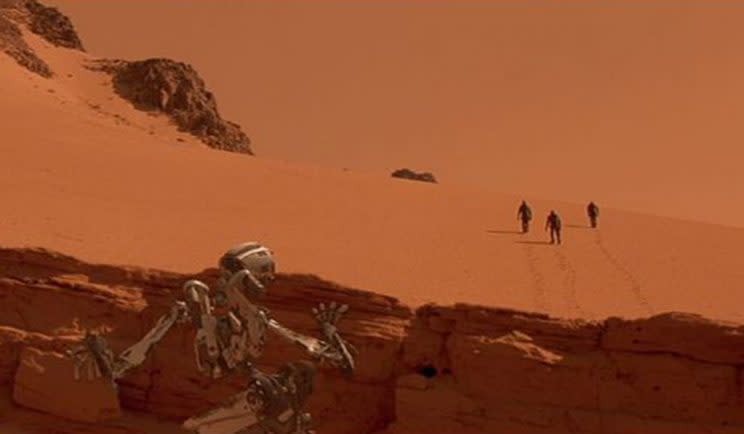
Well, it’s called the Red Planet, right?
“Mars is yellow-brown,” says Dr Kirby. “But it’s the red planet, not the yellow-brown planet. It’s this notion of audience expectations. At some point things become so ingrained in the depictions that it’s really hard to shift away from it. If [Mars] is not red they say, ‘hey you got it wrong.’
You can create artificial gravity at the flick of a switch
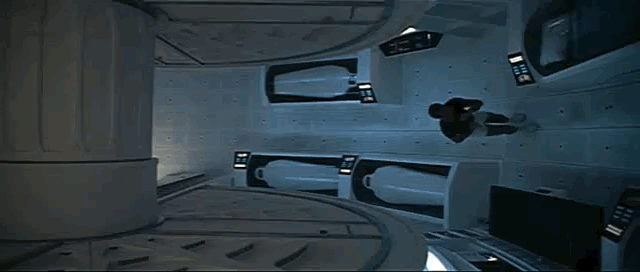
“The way you can generate artificial is through a rotation,” he says. “You’re producing centripetal force in order to simulate the effects of gravity.”
10 films that got science really wrong
5 Star Trek movies you’ll never get to see
Not all films get this wrong. ‘2001: A Space Odyssey’ was famously accurate and Dr Kirby admits ‘Interstellar’ also did a good job. Of course, in several movies they seem to have some kind of ‘system’ or just utilise magnetic boots.
“Sort of a cheap solution,” he says. “I suppose it would work, but they’d have to be very powerful magnets and it’d be really difficult to move around.”
You can hear sound in space
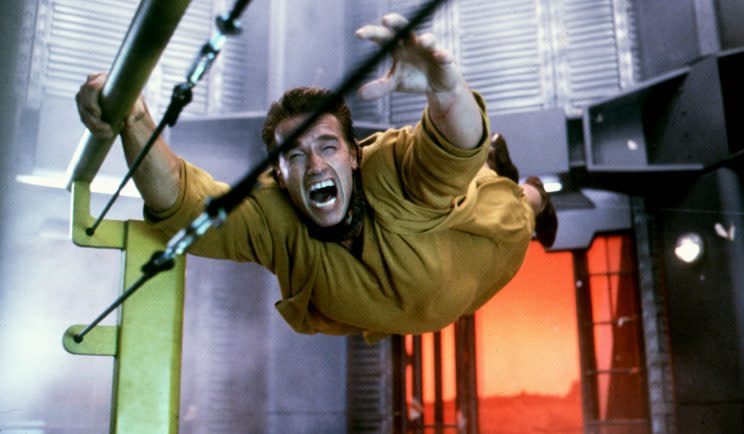
Quite simply, you can’t.
“Sound propagates as a wave,” says Dr Kirby, “it uses the air as a medium. In the vacuum of space, without any medium, without any molecules for the wave to propagate against, you wouldn’t hear any sound.”
Makes the tagline to ‘Alien’ even cleverer, doesn’t it?
Humans immediately freeze/explode when they go into space without a suit
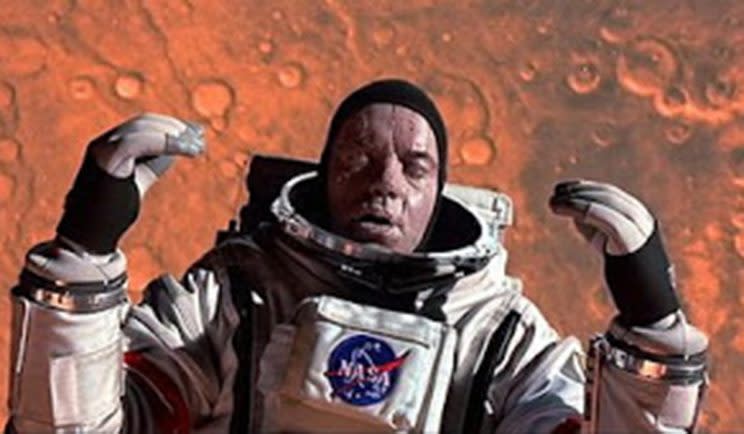
Whether it’s Tim Robbins instantly turning into a block of ice in ‘Mission to Mars’ or Arnold Schwarzenegger’s eyes bulging out of their sockets in ‘Total Recall’, this is one of cinema’s most enduring falsehoods.
“You wouldn’t freeze immediately, since heat transfer happens because of conduction,” explains Dr Kirby. “There has to be some conduction to let the heat escape and that doesn’t happen in a vacuum. You wouldn’t freeze instantly and it would be a long time before you did.”
As to why we wouldn’t explode, well, you can thank your skin for that. You would suffocate though – probably after about 90 seconds or so.
There are massive explosions when something is destroyed

Sure, the destruction of the Death Star looks cool, but an outer space explosion would be less spectacular.
“Fire requires oxygen,” says Dr Kirby. “It’s an interaction at the molecular level.”
So what would happen? If it was a manned spacecraft, you’d see a little bit of flame because the ship would have some oxygen in it.
But, “if it was a satellite that exploded that doesn’t need any oxygen in it, it would just break apart.”
Spacecraft fly like normal planes in space

We can blame George Lucas for this one. “George Lucas when he was making ‘Star Wars’, he watched ‘Battle of Britain’. The reality is spaceships aren’t fighter planes.
“On Earth we have an atmosphere and air allows a plane to push off it. But in space you don’t have the air so what you do is re-orientate the rocket mechanically and then fire the rockets.”
People wake up from a long hypersleep like it’s an afternoon snooze
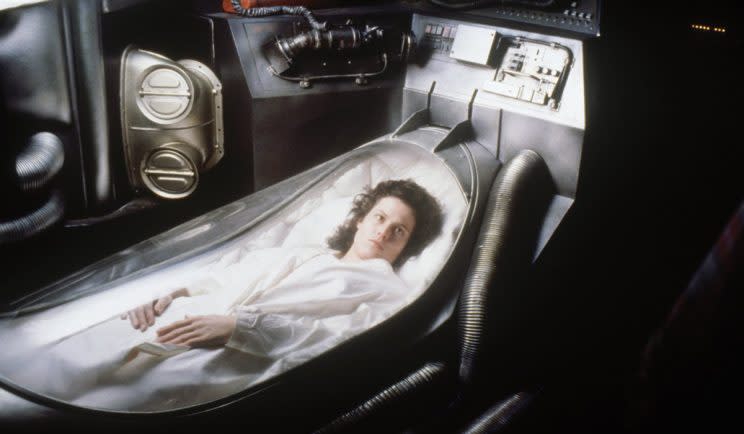
Scientists have actually put people into a form of stasis when they’ve experienced significant trauma here on Earth, though only for very short periods.
Whether we’d be able to do it for longer is still being researched, though NASA and the European Space Agency are investigating the technology.
One possible solution is temporarily replacing astronauts’ blood with some kind of cryo-fluid, making a quick awakening pretty much impossible, since, you know, you need blood to live.
“That’s something we won’t necessarily be able to do, if we do it, for a really long time,” says Dr Kirby.
There are wormholes which connect arbitrary points in space millions of light years apart

There are scientists – like Kip Thorne, who was involved in the development of ‘Interstellar’ – who have dedicated their entire lives to the idea of these distortions in space-time.
But, er, nobody’s even seen one or any evidence of them.
“Wormholes are theoretical concepts,” says Dr Kirby. “[Thorne] believes strongly that these things totally exist. There’s a lot of other people who don’t.”
Black holes are like vacuum cleaners that suck anything around them into a dark abyss
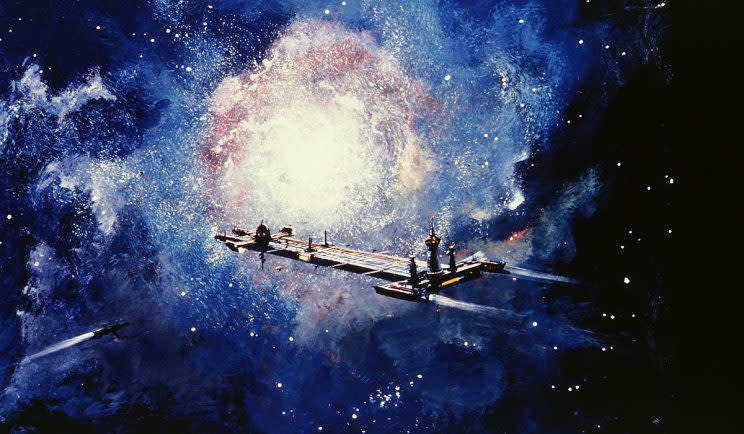
“Black holes have a gravitational pull, but it’s equal to the mass they were before they became black holes,” says Dr Kirby.
In other words, they don’t turn into more powerful entities once they become black holes.
“If the Sun suddenly turned into a black hole, but it’s not as if this black hole would start pulling the Earth towards it.”
Astronauts talk to people like on Earth like they’re on the telephone
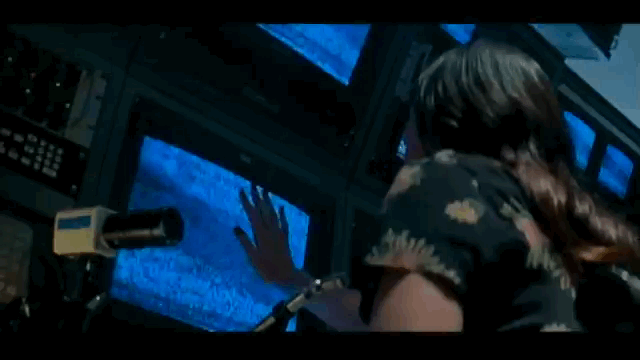
It’s another soundwave issue.
“Sound travels at near the speed of light and light from the Sun takes a while to get to Earth,” says Dr Kirby. “With sound you’d expect the same thing.”
‘The Martian’ actually shows this pretty well, as does 2000’s ‘Red Planet’. One that doesn’t? ‘Capricorn One’, a 1970s movie about a faked mission to Mars.
“One of the astronauts is talking to his mother like it’s real-time.” No wonder their plot gets discovered.
The biggest on-set movie scandals of 2016
25 things you might not know about the Die Hard franchise

 Yahoo Movies
Yahoo Movies 
